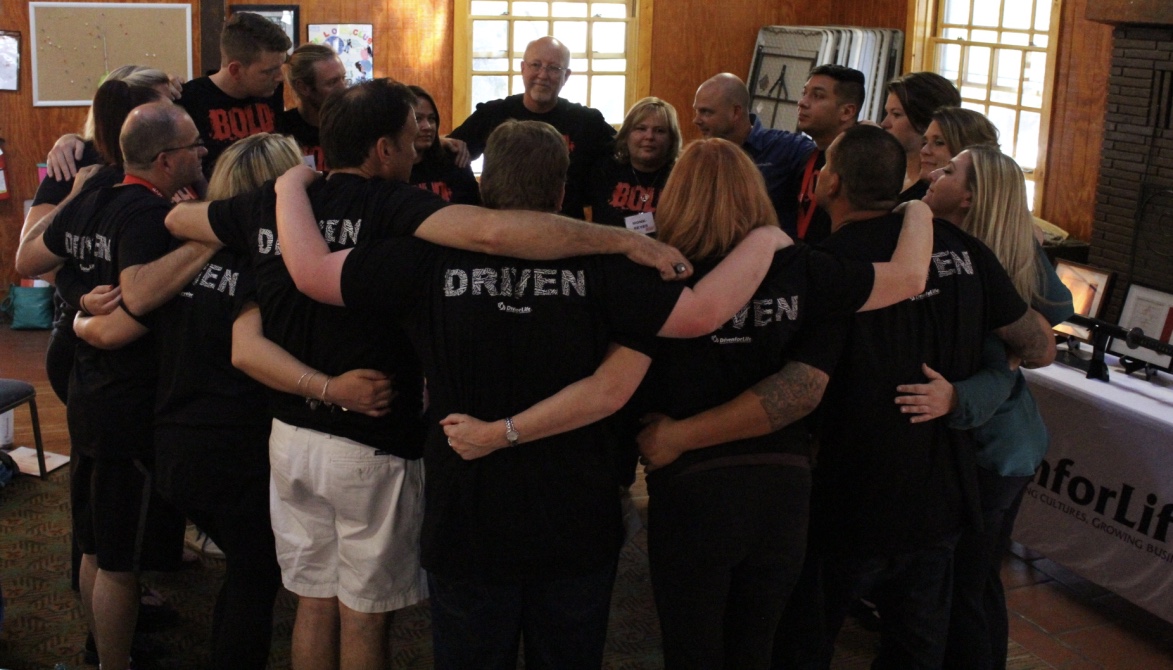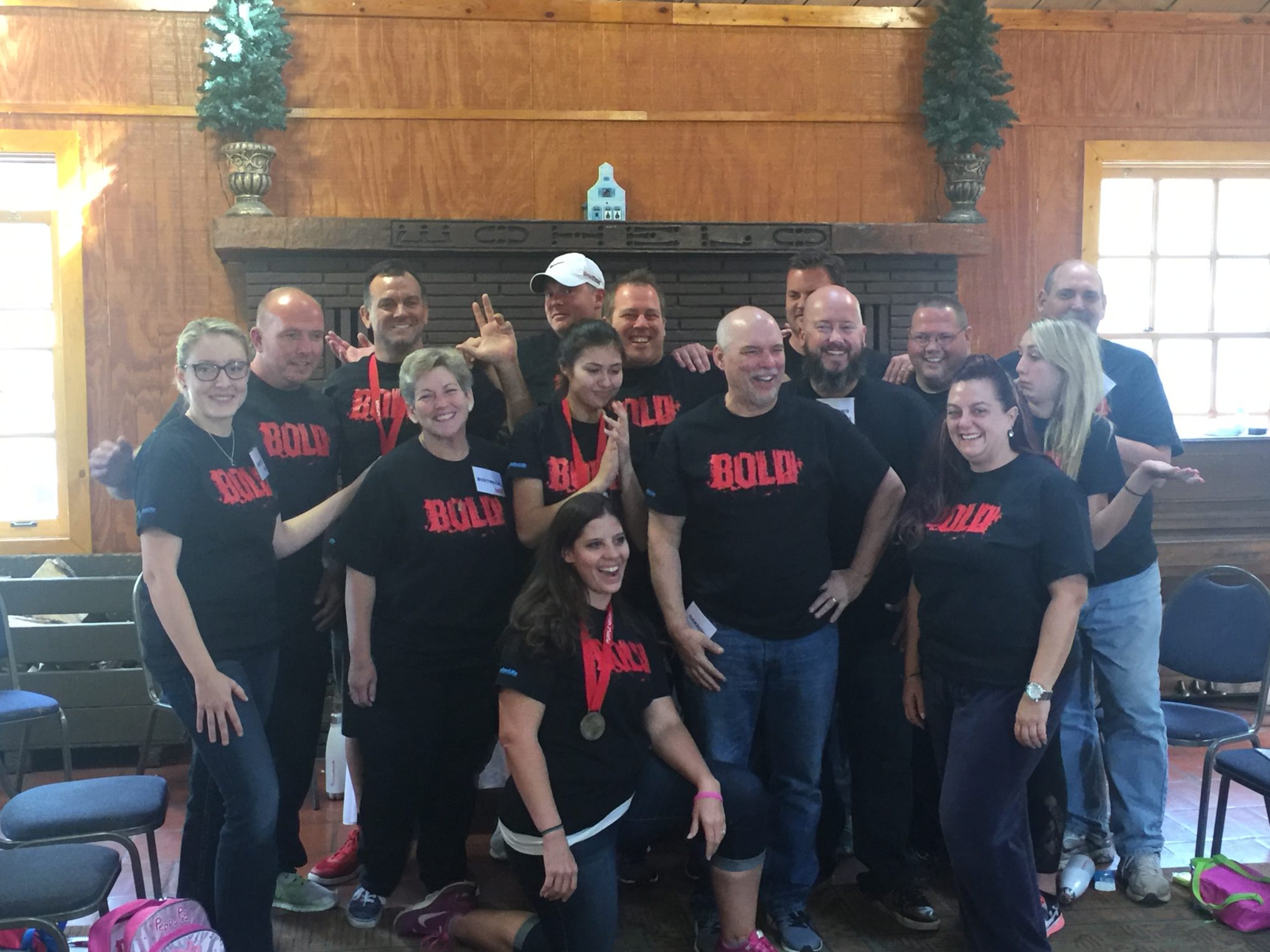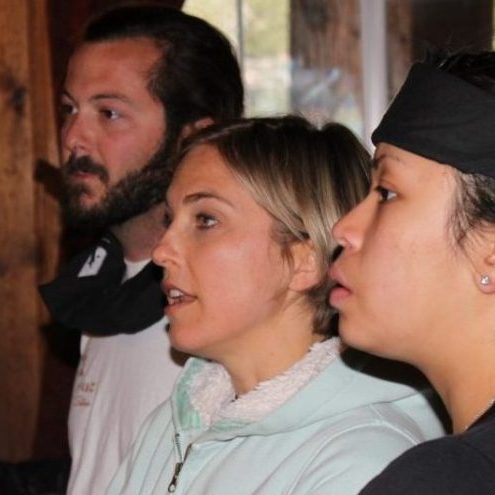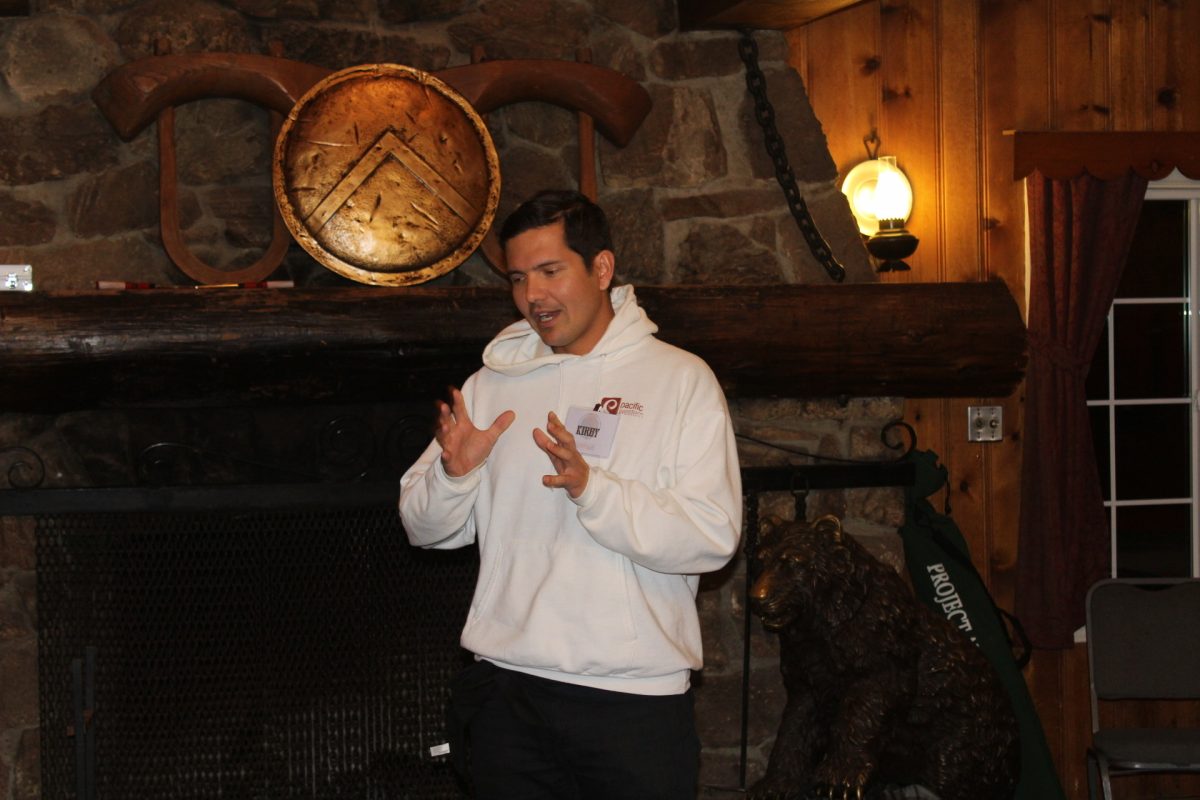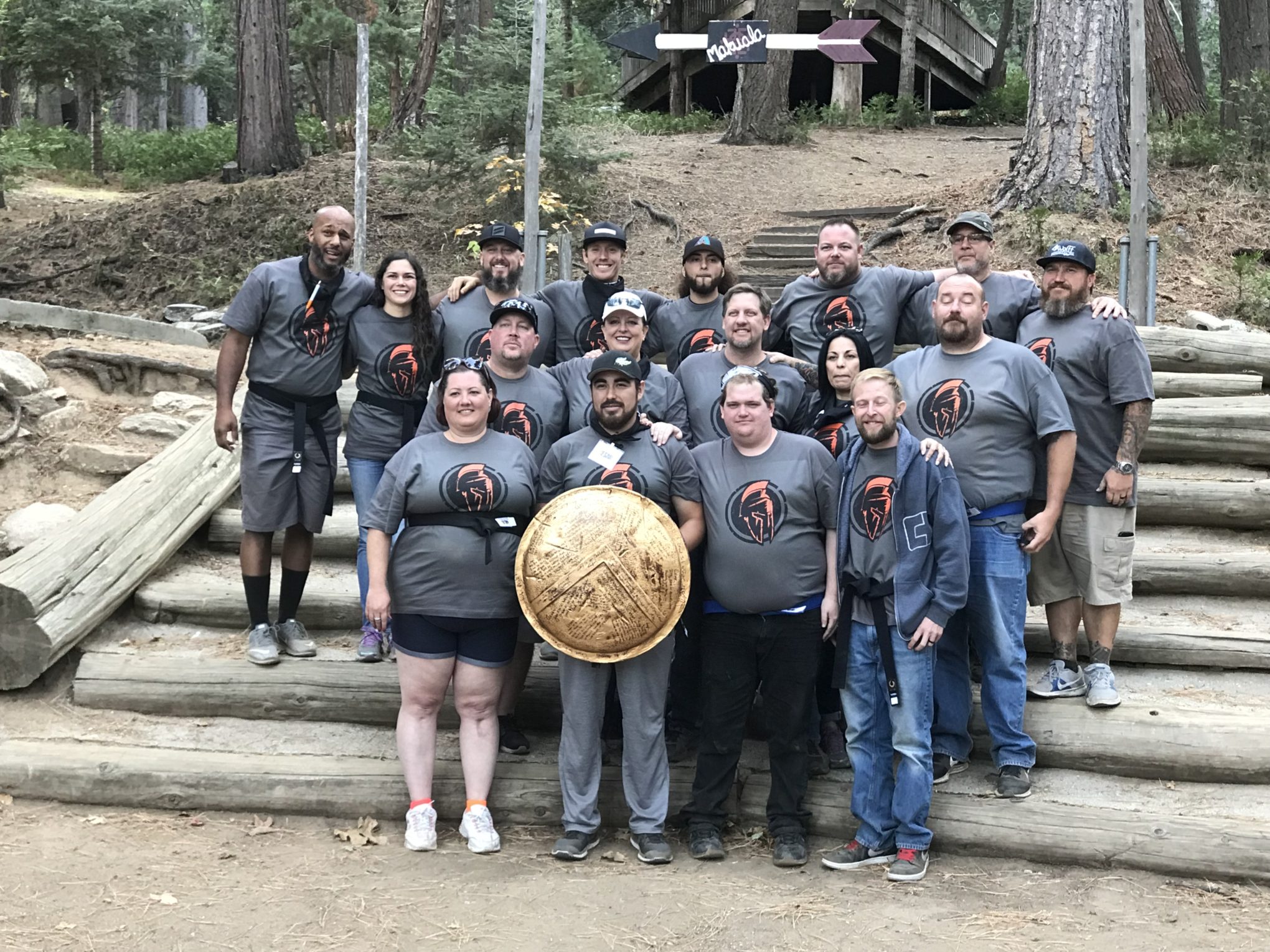When I was in 6th grade, I entered a Science Fair. For my project, I chose to study the effects of environment on plants. I picked three identical plants and each day played different music for them. One got soft elevator music, one got upbeat cheery music and one listened to rock n’ roll. It was the very early 1970’s, so think Led Zeppelin or KISS.
After a few weeks, the “elevator” plant was hanging in but barely, the “cheery” plant was thriving and the “rock” plant was very much dead. I still feel a bit guilty about intentionally killing that little plant. If I recall, I even tried to revive it to no avail.
I suspect that’s where my lifelong passion for plants came from. Maybe I’m still paying my debt for killing the “rock n roll” plant. I now randomly have a couple Philodendrons, that are well over 35 years old, surviving multiple moves, animals and environments as well as many genres of music.
I have always felt that I can hear plants when they need help, are lacking water or their roots are being squeezed past the comfort level. Sounds a bit crazy, but in 1983, two scientists (Jack Schultz and Ian Baldwin) reported that young saplings infested with insects release an invisible chemical made up of organic molecules that float through the air. These chemicals carry a slight odor that neighboring plants can detect. So, as the plant is under attack from aphids, other insects, and yes maybe even Led Zeppelin, they let out a silent scream. So, like a dog with high pitched whistles, I can hear their silent scream.
Over the past 20 years, scientists have found that all kinds of trees and plants release these volatile organic compounds (VOCs) when they’re being invaded. It’s a plant’s way of crying out. As the plant’s cry reaches other plants, the neighboring plants begin to pump out irritants to keep aphids away. But they also will send out chemical attractants, like perfumes designed to lure in other airborne insects such as wasps which are aphids worst nightmares. Fascinating.
At this point you may be wondering why the heck you are reading this; maybe as much as I am wondering why I am reminiscing about a 6th grade science fair.
If I recall the other part of this experiment was ignoring the elevator music plant, speaking kind words to the upbeat plant and yelling at the rock n roll plant. Yep, I was a particularly bright child.
This reminds me of the CEO who was asked how many people work in his company. His reply was, “About half of them.” Nice segue, huh?
Within any given organization, employees are our most valuable and expensive asset. I would hope you don’t have your employees segregated into three areas – one where you leave them be, to do their work, in effect ignoring them. The next where you engage with them, joke with them, eat lunch with them and are “friends.” And, the 3rd where you have little tolerance, snap answers, roll your eyes and have to take a long, deep breath when you see them coming your way.
Or is this how your employees are unintentionally divided up?
It’s human nature to respond to different people well, differently. It is also true in today’s marketplace, culture is key.
Simply, are you creating a culture where all employees can thrive? Is it a culture where all employees are engaged?
Once again, the definition of employee engagement: an fully engaged employee is completely involved in, and enthusiastic about, the work that they are doing. They are invested in the company’s future and are willing to go the extra mile to see their company succeed.
The Gallup Management Journal publishes a semi-annual Employee Engagement Index. Recent results for the U.S. show:
- Only 29% of employees are actively engaged (lively upbeat music and talk, back to the plant analogy).
- Over half of employees (54%) are not engaged in their work, have checked out, are just going through the motions, are putting in their time and have no passion. (Elevator music and ignored).
- The remaining 17%, are actively disengaged. These guys not only act on their unhappiness, but unintentionally or intentionally undermine the work and attitudes of others. (Heavy Metal music and bad talk – sorry for giving heavy metal a bad rap.)
We know that employee engagement affects the mindset of the employee as well as organizational climate, customer satisfaction, absenteeism, safety, and ultimately profits.
The questions are basic:
- Engaged or disengaged? Which term describes your employees?
- Where do we begin? Step one: find out where you’re at.
If you don’t know or are not sure of your answer to question one, you need help. First, you need to know your starting point; without it there is no way to accurately measure improvement.
Bring in a 3rd party. You can save a lot of time, money and energy by hiring a firm that specializes in business culture using confirmed tools for measuring employee satisfaction, perceptions of culture, climate, management concerns as well as other drivers of your employees’ engagement.
To keep your company on track, you must keep engagement on track. And, play good music in the office….
And to finish the story…I believe I won 2nd place in the Science Fair and got my picture in the local newspaper…all for creating random plant culture.
Deb Bostwick
Staff Blogger
Driven for Life has spent the last 7 years helping companies redefine their culture, identify the level of employee engagement and create an environment where both the employee and company thrive. Where to start? With our 360 Review. Let’s chat about it and see if we are a good fit for your future. (949) 706-5333



